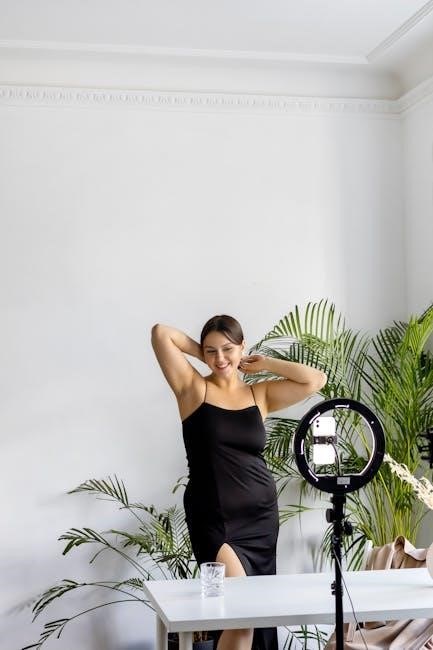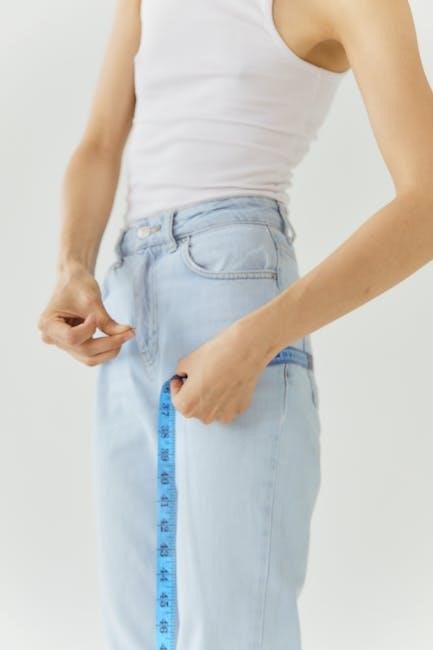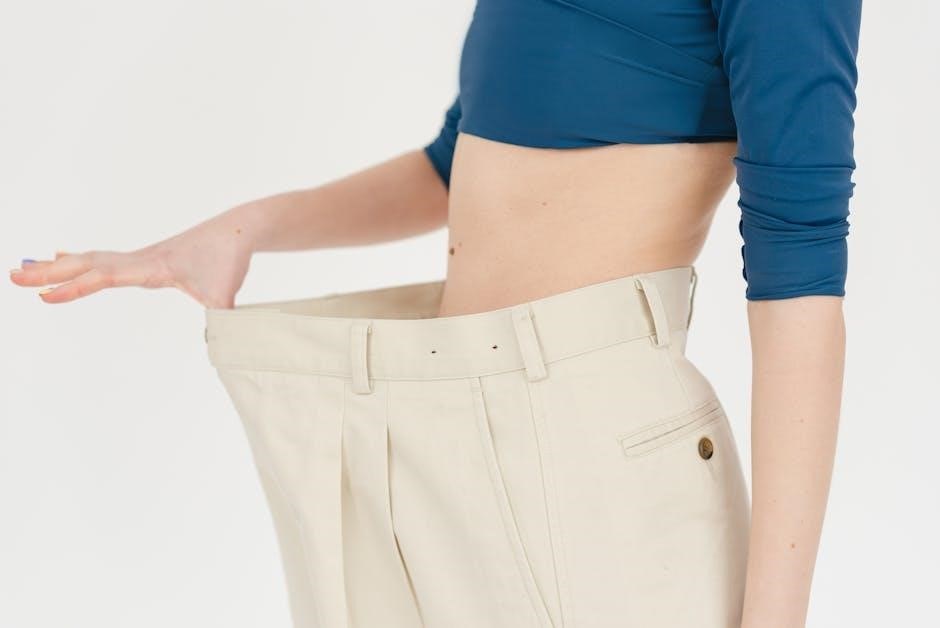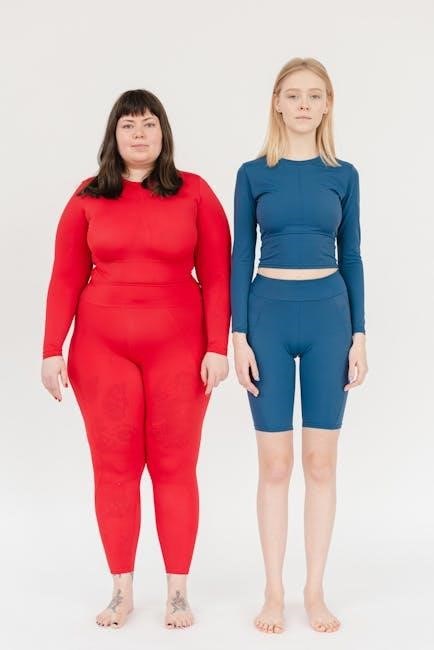FitFlop Size Guide: A Comprehensive Overview
Choosing the correct FitFlop size is crucial for optimal comfort and support. This comprehensive guide provides essential information, including size charts and conversion tips, to help you find your perfect FitFlop fit. Understanding sizing nuances ensures a comfortable and enjoyable wearing experience.
FitFlop, renowned for its biomechanically engineered footwear, prioritizes comfort alongside style. However, achieving that signature FitFlop comfort hinges on selecting the correct size. FitFlop sizing might differ slightly from standard shoe sizes due to their unique design and focus on foot health. This section introduces the essentials of FitFlop sizing to ensure a perfect fit, promoting both comfort and the intended ergonomic benefits.

Understanding FitFlop’s approach to sizing is the first step towards finding your ideal pair. Unlike some brands, FitFlop incorporates technology aimed at optimizing body alignment and natural movement, and proper sizing is integral to experiencing these benefits. This introduction will cover the basic principles of FitFlop sizing, touching on the importance of accurate measurements and the variations you might encounter across different FitFlop styles. Getting the right size is critical for both comfort and the long-term health of your feet, enabling you to fully enjoy the unique features that FitFlop footwear offers. Let’s explore the world of FitFlop sizing, ensuring every step is a comfortable one.
Why Accurate Sizing Matters for FitFlops
Accurate sizing is paramount when choosing FitFlops, as it directly impacts comfort, support, and overall foot health. FitFlops are designed with biomechanical technology to optimize body alignment and natural movement, and an incorrect size can compromise these benefits. Shoes that are too small can cause discomfort, blisters, and pressure points, while those that are too large may lead to instability and an increased risk of trips and falls.

Furthermore, the unique ergonomic features of FitFlops, such as their Microwobbleboard™ midsole, are most effective when the foot is properly positioned within the shoe. An ill-fitting FitFlop can disrupt the intended distribution of pressure and support, negating the advantages of this technology. Therefore, paying close attention to sizing ensures that you experience the full potential of FitFlop’s design, promoting all-day comfort and reducing strain on your feet and joints. Ultimately, accurate sizing is not just about comfort; it’s about maximizing the health benefits that FitFlop footwear offers. Taking the time to measure your feet and consult the size guide is an investment in your well-being.
How to Measure Your Feet for FitFlops

To ensure you select the correct FitFlop size, accurately measuring your feet is essential. Begin by placing a piece of paper on a flat, hard surface. Position your heel against a wall and stand with your foot firmly on the paper. It’s best to measure your feet at the end of the day, as they tend to swell slightly.
Using a pen or pencil, carefully trace the outline of your foot. Repeat this process for the other foot, as foot sizes can vary. Next, measure the length of each tracing from the heel to the longest toe. Use a ruler or measuring tape for precise measurements, preferably in both inches and centimeters for cross-referencing with size charts.
When comparing your measurements to the FitFlop size chart, use the larger of the two foot lengths to determine your recommended size. Also, consider the width of your feet. If you have wider feet, you might need to size up to ensure a comfortable fit. Remember to measure while wearing the type of socks or hosiery you plan to wear with your FitFlops. By following these steps, you can confidently choose the appropriate size for your FitFlops, maximizing comfort and support.

Women’s FitFlop Size Chart
The Women’s FitFlop Size Chart is an indispensable tool for determining the correct size when purchasing FitFlop footwear. This chart typically includes corresponding sizes for US, UK, and European measurements, along with foot length in centimeters. Understanding the chart allows you to convert your foot measurement into the appropriate FitFlop size.
Generally, FitFlop size charts are available on the official FitFlop website, as well as on retailer websites that sell FitFlop products. The chart often presents sizes in a table format, making it easy to compare your foot length to the recommended size. For example, a US size 7 might correspond to a UK size 5 and a European size 38, with a foot length of approximately 23.3-24.1 cm.
It’s important to note that slight variations can occur between different FitFlop styles, so always consult the specific size chart provided for the particular style you are interested in. Additionally, consider customer reviews and feedback regarding sizing, as some styles may run smaller or larger than others. Utilizing the Women’s FitFlop Size Chart, along with customer insights, will greatly enhance your chances of selecting the perfect FitFlop size for optimal comfort.
Understanding US, UK, and EU Sizes for Women
Navigating shoe sizes across different regions can be confusing, especially when considering US, UK, and EU sizing systems for women’s FitFlops. Each system uses different numerical values to represent foot length, leading to potential discrepancies if you’re not familiar with the conversions.
The US sizing system is commonly used in North America, while the UK system is prevalent in the United Kingdom and some Commonwealth countries. The EU system, also known as Continental sizing, is widely used in Europe. To accurately convert between these systems, it’s essential to consult a reliable size chart. For instance, a US women’s size 7 typically corresponds to a UK size 5 and an EU size 38.
However, these conversions are not always exact, and variations can occur between brands. When purchasing FitFlops, it’s best to refer to the specific FitFlop size chart to ensure the most accurate fit. This chart will provide the equivalent US, UK, and EU sizes based on foot length in centimeters. Keep in mind that some individuals may find that they fall between sizes, in which case it’s generally recommended to size up for a more comfortable fit.
Men’s FitFlop Size Chart
The men’s FitFlop size chart is an essential tool for finding the right fit, ensuring both comfort and support. This chart typically includes US, UK, and EU sizes, along with corresponding foot lengths in centimeters or inches. Accurate measurements are crucial when consulting the chart.
To use the chart effectively, measure your foot length by placing your heel against a wall and measuring to the tip of your longest toe. Compare this measurement to the chart to determine your corresponding size. Keep in mind that men’s sizing differs from women’s, so using the correct chart is imperative. For example, a men’s US size 10 might correspond to a UK size 9 and an EU size 43.
FitFlop size charts are generally available on the FitFlop website, as well as on retailer websites that sell FitFlop products. It’s always a good idea to consult the specific chart provided by the retailer or manufacturer to ensure the most accurate sizing information. If you find yourself between sizes, consider sizing up, especially if you prefer a more relaxed fit or plan to wear your FitFlops with socks.
Understanding US, UK, and EU Sizes for Men
Navigating the world of shoe sizes can be tricky, especially when dealing with different sizing systems like US, UK, and EU. For men’s FitFlops, understanding how these sizes correlate is crucial for ensuring a comfortable and accurate fit. Each system uses a different scale, and a direct conversion isn’t always straightforward.
The US sizing system is commonly used in the United States, while the UK system is prevalent in the United Kingdom. The EU system, also known as Continental sizing, is used across Europe. For example, a US men’s size 9 might correspond to a UK size 8.5 and an EU size 42.5. These conversions can vary slightly depending on the brand, but FitFlop typically provides a consistent conversion chart.
When shopping for FitFlops online, it’s essential to consult the specific size chart provided by FitFlop or the retailer. This chart will outline the equivalent sizes across the US, UK, and EU systems. If you’re unsure of your size, measuring your foot length in centimeters and comparing it to the chart is the most accurate way to determine the correct FitFlop size. Keep in mind that some individuals may find that they need to size up or down depending on the specific style of FitFlop.
Kids’ FitFlop Size Chart
Finding the right size FitFlops for kids requires extra attention, as children’s feet grow quickly. Using a dedicated kids’ FitFlop size chart is essential for ensuring a comfortable and supportive fit. These charts typically provide conversions between UK, US, and EU sizes, as well as corresponding foot lengths in millimeters or centimeters.
When measuring your child’s foot, have them stand flat on a piece of paper and trace their foot. Measure the length from the heel to the longest toe, and then compare this measurement to the size chart. It’s important to measure both feet, as they may not be exactly the same size. Always use the larger measurement when selecting a size.

Kids’ size charts often include “C” sizes, which indicate children’s sizes. These sizes are different from adult sizes and are designed to accommodate the unique shape and growth patterns of children’s feet. When consulting the FitFlop kids’ size chart, pay close attention to the age ranges associated with each size, as this can provide a helpful guideline. Remember to leave a little extra room for growth, but avoid sizing up too much, as this can compromise the support and comfort of the FitFlops. Regularly check your child’s foot size to ensure their FitFlops continue to fit properly.

FitFlop Size Conversion Tips
Navigating FitFlop size conversions between US, UK, and EU sizes can be tricky, but with these tips, you can confidently find the right fit. Always refer to the official FitFlop size chart for the most accurate conversions. Keep in mind that size conversions can vary slightly between brands, so relying on a generic shoe size chart may not be sufficient.
When converting sizes, start by measuring your foot length in centimeters or inches. This measurement is the most reliable way to determine your corresponding FitFlop size. Compare your foot length to the size chart to find the appropriate US, UK, or EU size. If you’re between sizes, it’s generally recommended to size up, especially for sandals and flip-flops.
Consider the width of your foot as well. If you have wide feet, you may need to size up to ensure a comfortable fit. Read customer reviews for insights on how specific FitFlop styles fit, as some styles may run smaller or larger than others. Pay attention to any notes on the size chart regarding specific style variations. Remember that FitFlop offers both women’s and men’s sizes, so be sure to consult the correct chart; Double-check your measurements and conversions before making a purchase to minimize the risk of ordering the wrong size. With these tips, you’ll be well-equipped to find your perfect FitFlop fit.
Factors Affecting FitFlop Size
Several factors can influence how a FitFlop fits, making it essential to consider these aspects when choosing your size. Foot shape and width play a significant role; individuals with wider feet may find certain styles feel snug, requiring a larger size. Similarly, those with high arches might experience a different fit compared to individuals with flatter feet.

The specific FitFlop style also impacts sizing. Some styles, like sandals with toe posts, may fit differently than closed-toe options. Material composition can also affect the fit; leather styles might stretch slightly over time, while synthetic materials may retain their shape. The presence of adjustable straps can offer a more customized fit, accommodating variations in foot size and shape.
Furthermore, consider the intended use of your FitFlops. If you plan to wear them with socks, you may need to size up. Remember that foot size can fluctuate throughout the day due to swelling, so it’s best to measure your feet in the evening for the most accurate measurement. Consulting customer reviews can provide valuable insights into how specific styles tend to fit. By carefully considering these factors, you can increase your chances of selecting the perfect FitFlop size for optimal comfort and support.

Specific FitFlop Styles and Sizing Considerations
FitFlop offers a diverse range of styles, each with unique design elements that can influence sizing. For instance, the classic FitFlop sandal with a toe-post design may require a different size compared to a closed-toe sneaker or a shearling-lined slipper. The “Iqushion” flip-flops, known for their minimalist design, might fit more snugly than styles with thicker straps or embellishments.
When considering styles like the “Halo” bead circle leather toe post, pay attention to the material’s flexibility. Leather can stretch slightly with wear, while other materials may maintain their original shape. Styles with adjustable straps offer more flexibility in accommodating different foot widths and instep heights.
For those interested in boots or sneakers, carefully review the product descriptions for specific sizing recommendations. Some styles may run large or small, and customer reviews can provide valuable insights. Consider whether you plan to wear socks with your FitFlops, as this can affect the size you need. If you’re between sizes, it’s generally recommended to size up, especially for closed-toe styles. Ultimately, taking into account the specific features of each FitFlop style is key to ensuring a comfortable and accurate fit.
Where to Find FitFlop Size Charts
Locating accurate FitFlop size charts is essential for ensuring a proper fit when purchasing online or in-store. The most reliable source is the official FitFlop website, which typically provides detailed size charts for women, men, and kids, including conversions between US, UK, and EU sizes. These charts often include foot length measurements to help you determine the most appropriate size.
Many authorized FitFlop retailers, such as department stores and online shoe retailers, also provide size charts on their websites. However, it’s always a good idea to cross-reference these charts with the official FitFlop website to ensure accuracy. Some retailers may offer printable size charts that you can use to measure your feet at home.
In addition to websites, you can often find FitFlop size charts in-store at authorized retailers. Sales associates can also provide assistance with measuring your feet and determining the correct size for specific styles. Remember to check for updated size charts, as sizing can sometimes vary slightly between different collections or models. Always prioritize using the most current and official size charts available to avoid any sizing discrepancies.

What to Do If You’re Between Sizes
Finding yourself between sizes when choosing FitFlops is a common scenario, but there are strategies to ensure a comfortable fit. As a general rule, if you’re between sizes, it’s often recommended to size up, especially for closed-toe styles or if you have wider feet. This provides extra room and prevents your toes from feeling cramped or restricted.
However, for open-toe styles like flip-flops or sandals, sizing down might be a better option if the larger size feels too loose or causes your foot to slide around. Consider the specific style and the overall fit when making your decision.
Another helpful tip is to try on FitFlops in both sizes, if possible, to compare the fit and feel. Walk around and pay attention to how your foot moves within the shoe. If you’re ordering online and can’t try them on, check the retailer’s return policy to ensure you can exchange them if the size doesn’t work out. Reading customer reviews can also provide insights into how certain styles tend to fit for those who are between sizes. Ultimately, prioritize the fit that feels most comfortable and secure for your feet.
Caring for Your FitFlops to Maintain Fit
Proper care is essential for maintaining the fit and extending the lifespan of your FitFlops. Regularly cleaning your FitFlops will prevent the build-up of dirt and grime, which can affect the material and potentially alter the fit over time. For most FitFlop styles, you can simply wipe them down with a damp cloth and mild soap. Avoid using harsh chemicals or abrasive cleaners, as these can damage the materials.
If your FitFlops get wet, allow them to air dry completely before storing them. Avoid placing them in direct sunlight or near a heat source, as this can cause the materials to shrink or warp. When not in use, store your FitFlops in a cool, dry place to prevent them from becoming misshapen or damaged.
For FitFlops with embellishments or delicate details, take extra care when cleaning and storing them. Consider using a soft brush to gently remove dirt from intricate areas. By following these simple care tips, you can ensure that your FitFlops maintain their fit and continue to provide comfort and support for years to come. Regular maintenance will prevent stretching, shrinking, or other issues that could compromise the original fit.
Consider any unique features of your feet, such as width or arch height, which may influence the fit. Pay attention to style-specific sizing considerations, as some FitFlop designs may fit differently than others. When in doubt, consulting customer reviews or seeking advice from FitFlop retailers can provide valuable insights.
If you find yourself between sizes, it’s generally recommended to size up for optimal comfort. Finally, remember that caring for your FitFlops properly will help maintain their fit over time. By following these guidelines, you can confidently select the perfect FitFlop size, ensuring a comfortable and supportive experience that allows you to enjoy all the benefits FitFlop footwear has to offer. Prioritizing accurate sizing ensures long-lasting comfort and satisfaction.

